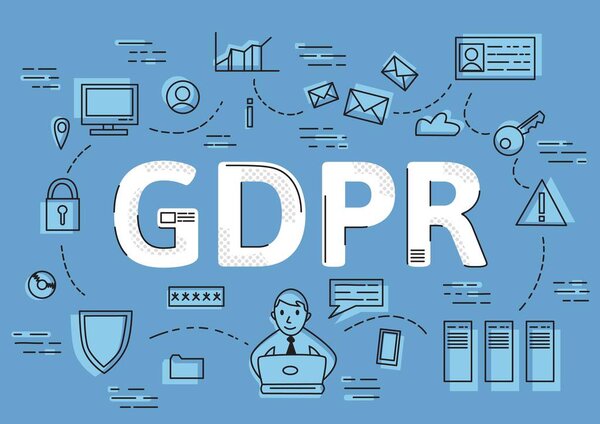The General Data Protection Regulation (GDPR) is a privacy law that applies to all companies that process the personal data of individuals in the European Union (EU). Here are 10 steps you can follow to ensure compliance with the GDPR:
1. Familiarize yourself with the GDPR:
The first step to becoming GDPR compliant is to understand the requirements of the law. This includes understanding the rights of individuals and the obligations of companies when it comes to personal data.
2. Identify the personal data you collect:
The GDPR applies to any information that can be used to identify an individual. This includes things like names, addresses, and email addresses. You should identify all the personal data you collect and determine how it is used, where it is stored, and who has access to it.
3. Review your data collection practices:
You should review your data collection practices to ensure that they are transparent and that individuals are aware of how their data is being collected and used. You should also ensure that you have a legal basis for collecting and processing personal data, such as obtaining consent from individuals.
4. Update your privacy policy:
Your privacy policy should clearly outline how you collect, use, and store personal data. It should be easy to understand and should be accessible to all individuals.
5. Implement technical and organizational measures:
You should implement appropriate technical and organizational measures to protect personal data from unauthorized access, use, or disclosure. This may include things like encryption and secure servers.
6. Appoint a data protection officer (DPO):
If you are a public authority or if your business processes large amounts of sensitive personal data, you may be required to appoint a DPO. The DPO is responsible for overseeing compliance with the GDPR and should be involved in all data protection activities.
7. Implement a data breach response plan:
You should have a plan in place for responding to a data breach in the event that personal data is lost, stolen, or accessed without authorization. This should include steps for reporting the breach to the relevant authorities and informing affected individuals.
8. Obtain consent for marketing activities:
If you plan to use personal data for marketing purposes, you must obtain explicit consent from individuals. This should include a clear explanation of how the data will be used and the option to opt-out at any time.
9. Provide individuals with access to their data:
The GDPR gives individuals the right to access their personal data and to request a copy of it. You should have a process in place for responding to these requests and providing individuals with the information they have requested.
10. Keep records of your data processing activities:
You should keep records of your data processing activities, including the purposes for which personal data is collected, the categories of data being processed, and the recipients of the data. This can help to demonstrate compliance with the GDPR.
By following these 10 steps, you can ensure compliance with the GDPR and protect the personal data of individuals in the EU. It is important to regularly review and update your data protection practices to ensure that you remain compliant with the law.





